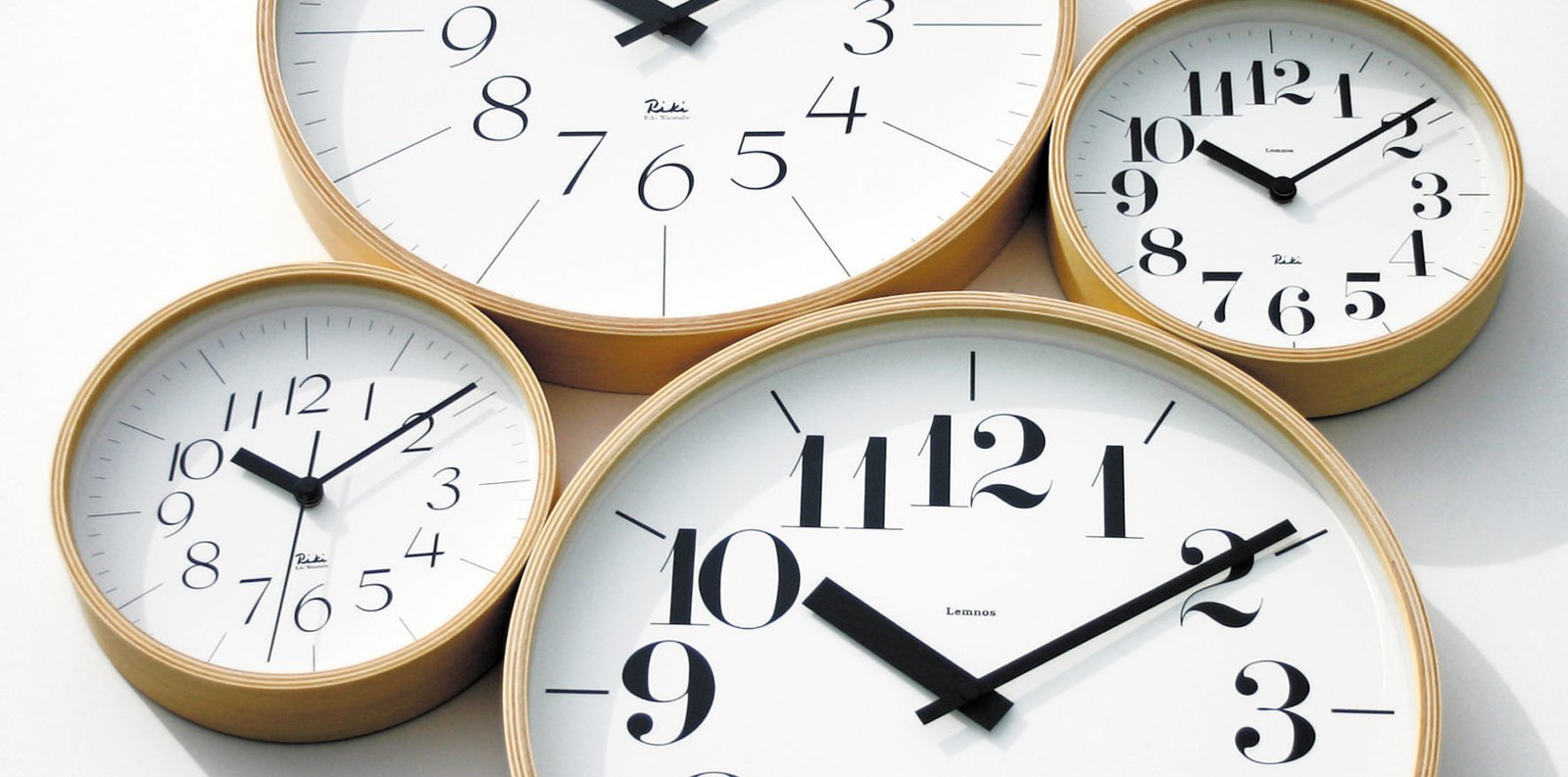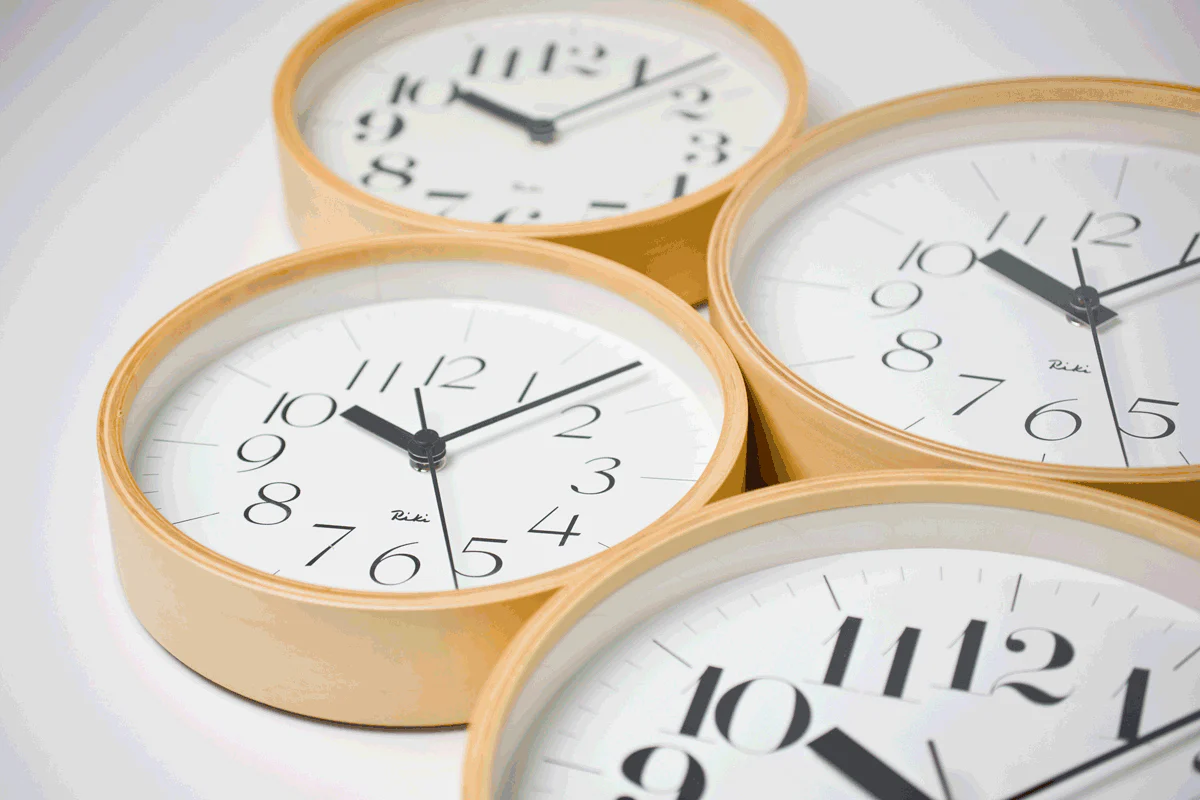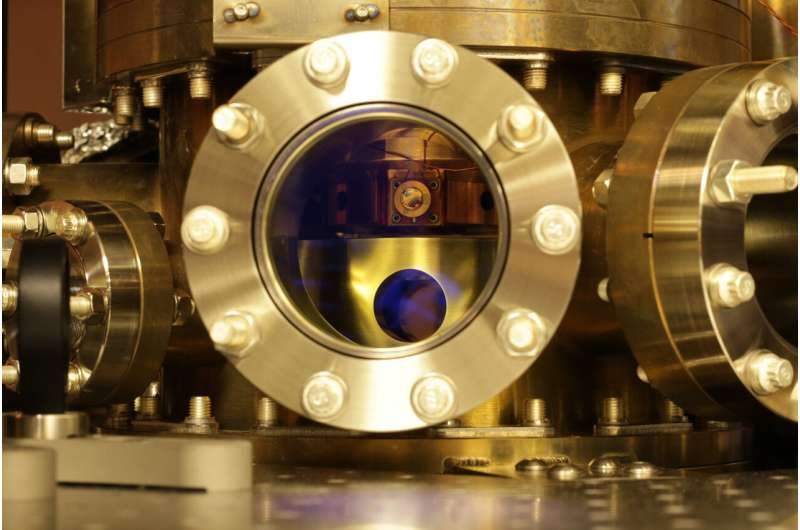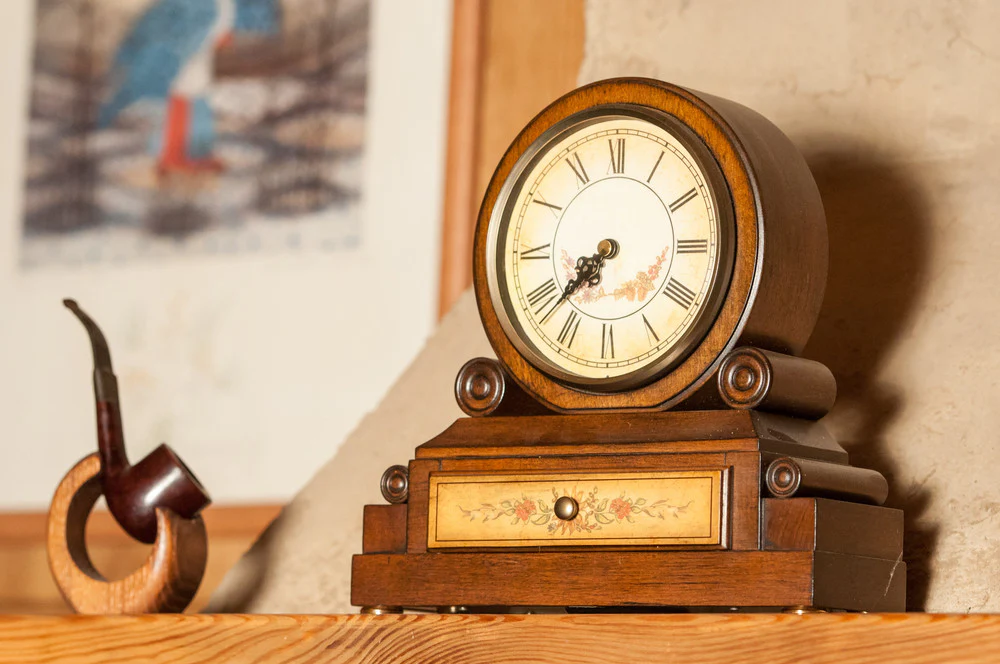Historical Background
Japanese Clocks: Tradition and Innovation
The history of Japanese clocks is deeply rooted in the Edo period (1603–1868). During this time, Japan developed its unique timekeeping system known as wadokei. Japanese clocks were designed to divide day and night into six periods, with the length of these periods changing based on the season. This system required clockmakers to craft intricate mechanisms that could adjust throughout the year. These clocks were often weight-driven and displayed remarkable craftsmanship, with attention to both functionality and aesthetics.
In the Meiji period (1868–1912), Western influence began to shape Japanese clockmaking. However, Japanese artisans continued to infuse their traditional craftsmanship and design into their clocks, preserving a unique blend of East and West. Japanese clocks during this time were known for their precision, artistry, and reflection of Japan’s evolving identity.
American Clocks: A Symbol of Mass Production
American clocks, on the other hand, became widely known during the 19th century, particularly with the rise of mass production in the United States. Unlike Japanese clocks, which were traditionally handcrafted in limited quantities, American clocks were designed to be affordable and accessible to the masses.
The American clock industry was revolutionized by innovators such as Eli Terry, who introduced interchangeable parts and mass production techniques. This allowed American clockmakers to produce clocks quickly and at a lower cost, making them available to a wider audience. By the late 19th century, companies like the Seth Thomas Clock Company and Ingraham had become household names, known for their reliable and affordable timepieces.
Craftsmanship and Aesthetics
Japanese Craftsmanship: A Blend of Art and Function
Japanese clocks are renowned for their meticulous craftsmanship, often considered works of art in their own right. The attention to detail in Japanese clockmaking goes beyond mechanics; the exterior design is just as important as the internal workings. Antique Japanese clocks often feature intricate woodwork, lacquer finishes, and hand-painted decorations, showcasing Japan’s rich artistic heritage.
Even modern Japanese clocks continue to emphasize minimalist design, inspired by nature and simplicity. Traditional materials like wood and metal are often used, reflecting a deep respect for craftsmanship and nature. The aesthetic of Japanese clocks, whether traditional or modern, is rooted in simplicity, elegance, and a balance between form and function.
American Craftsmanship: Practicality and Innovation
American clocks, particularly those from the 19th century, prioritized practicality and innovation over intricate design. The focus was on making clocks affordable and accessible to the average household. American clockmakers excelled at simplifying the manufacturing process, often using cheaper materials such as wood veneer and brass to keep costs down.
While American clocks may not be as ornate as their Japanese counterparts, they are celebrated for their reliability and durability. The use of mass production techniques allowed American clockmakers to produce a wide variety of designs, from simple wall clocks to more decorative mantel clocks. Despite the emphasis on practicality, American clocks from brands like Howard Miller and Waterbury still reflect a certain level of craftsmanship, particularly in their more decorative models.
Mechanical Differences
Japanese Clocks: Unique Timekeeping Systems
One of the key differences between Japanese and American clocks lies in their mechanical systems. As mentioned earlier, traditional Japanese clocks were designed to reflect Japan’s variable timekeeping system, which divided day and night into six periods. This required clockmakers to create intricate mechanisms that could be adjusted based on the season. These clocks often featured a complex system of gears and weights, allowing them to function in a unique way.
Modern Japanese clocks, influenced by Western technology, are more standardized but still reflect the precision and craftsmanship of their predecessors. Companies like Seiko, founded in the early 20th century, became global leaders in timekeeping innovation, producing high-quality mechanical and quartz clocks.
American Clocks: Innovation in Mass Production
American clocks, by contrast, were designed with simplicity and ease of production in mind. The development of interchangeable parts and mass production techniques allowed American clockmakers to produce reliable mechanical clocks at a fraction of the cost of handcrafted timepieces. American clocks typically featured spring-driven movements, which were more affordable and required less maintenance than weight-driven systems.
The focus on practicality extended to the introduction of electric clocks in the early 20th century. Companies like Westclox and General Electric became leaders in the production of electric clocks, further cementing the American clock industry’s reputation for innovation and accessibility.

Cultural Significance
Japanese Clocks: Reflecting Nature and Time
In Japanese culture, clocks are often seen as more than just timekeeping devices. They represent a connection to nature, the passage of time, and the balance between modernity and tradition. Antique Japanese clocks, particularly those from the Edo period, are valued for their historical significance and craftsmanship. Collectors often see these clocks as symbols of Japan’s ability to blend tradition with innovation.
In modern times, Japanese clockmakers like Seiko and Citizen have become global leaders, continuing to produce high-quality timepieces that reflect Japan’s dedication to precision and design.
American Clocks: A Symbol of Progress
American clocks, particularly those from the 19th and 20th centuries, symbolize the spirit of innovation and progress. The mass production of clocks made them accessible to households across America, reflecting the country’s growing industrial power. American clocks were practical, reliable, and affordable, embodying the values of efficiency and progress that defined the Industrial Revolution.
Today, antique American clocks are prized by collectors for their historical significance, particularly models from companies like Seth Thomas and Ansonia. These clocks represent a bygone era of American manufacturing and craftsmanship, making them valuable cultural artifacts.
Conclusion
Japanese and American clocks offer fascinating insights into the cultures that created them. While Japanese clocks emphasize intricate craftsmanship, artistic design, and connection to tradition, American clocks reflect innovation, practicality, and mass production. Both types of clocks have left a lasting impact on the world of timekeeping, with Japanese clocks symbolizing the fusion of tradition and modernity, and American clocks representing progress and accessibility.





Die Plattform bietet eine große Auswahl an verschiedenen Spielautomaten, die die Spieler begeistern. Außerdem überzeugt CasinoNic durch schnelle Auszahlungen, die den Spielern eine flexible und angenehme Erfahrung bieten. CasinoNic bietet eine
große Auswahl an Live Spielen sowie schnelle Auszahlungen, was es zu einer beliebten Wahl unter den Online
Casinos macht. Mit einer beeindruckenden Auszahlungsquote (RTP) von 94,20% bietet
Ricky Casino eine hohe Gewinnchance für seine Spieler.
Ricky Casino bietet eine benutzerfreundliche Website, die sowohl
für neue als auch für erfahrene Spieler leicht navigierbar ist.
Auch verschiedene Tischspiele wie Blackjack und Roulette sind
hier zu finden.
Genau diese Mischung wurde von den Online-Casinoanbietern ins
World Wide Web transportiert. Die Echtgeld Casinos haben in den zurückliegenden Jahren nicht
nur glückliche Spieler hinterlassen, sie haben sogar Millionäre gemacht.
Sie finden bei uns ausschließlich sichere und
seriöse Echtgeld Casinos.
References:
https://online-spielhallen.de/alles-zur-sg-casino-auszahlung-schnell-sicher-und-unkompliziert/
Nach einer scheinbaren Aussöhnung begeht Vesper dann überraschend Selbstmord.
Er ist sich darüber im Klaren, dass er seinen Dienst quittieren muss, damit sie beide eine gemeinsame Zukunft haben, und ist auch zu diesem
Schritt bereit. Im Anschluss erholt sich Bond mit Vesper in einem abgelegenen Strandhotel von der Folter.
Dort versucht Le Chiffre, das Geldversteck aus Bond herauszupressen. Der 29-jährige James Bond, der
erst kürzlich den Doppelnull-Status „007“ erhalten hatte, erhält den Auftrag,
gegen Le Chiffre zu spielen und ihn so kaltzustellen. Bitte beachten Sie,
dass dabei Daten mit Drittanbietern ausgetauscht werden.
Ähnlich lange ist auch bereits Chris Corbould für die
Effekte der Bondfilme zuständig. Für den Geheimagenten wurden über 200 Darsteller in Betracht gezogen, darunter die Australier Karl Urban, Sam Worthington und Hugh Jackman sowie der englische Henry Cavill.
Die Musik schrieb – wie auch bereits für die drei Vorgängerfilme –
David Arnold, unterstützt von seinem Orchestrator Nicholas Dodd.
References:
https://online-spielhallen.de/hitnspin-casino-test-2025-jetzt-bonus-sichern/